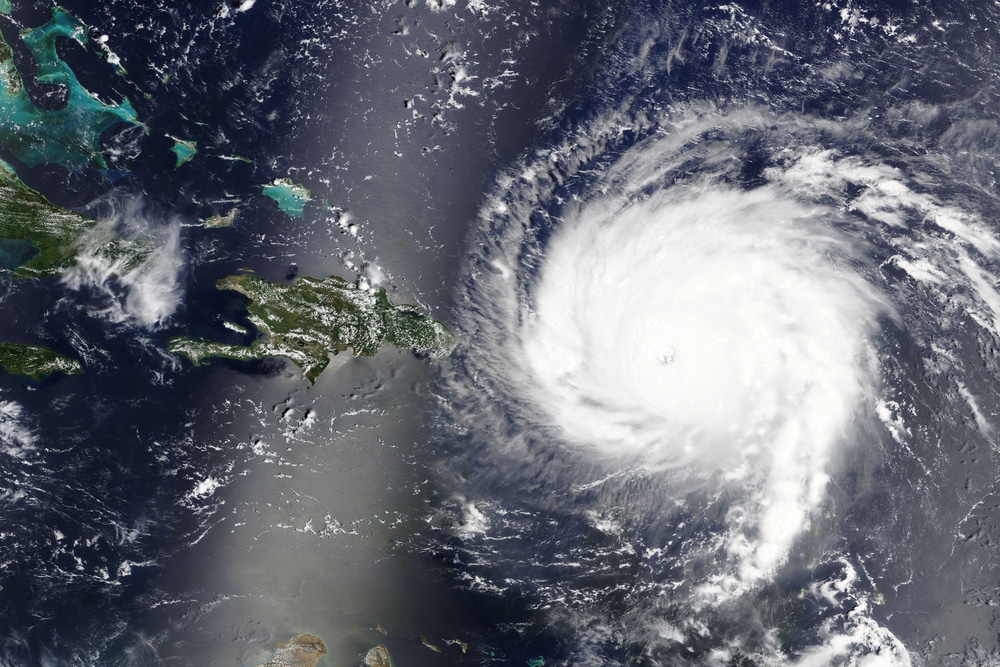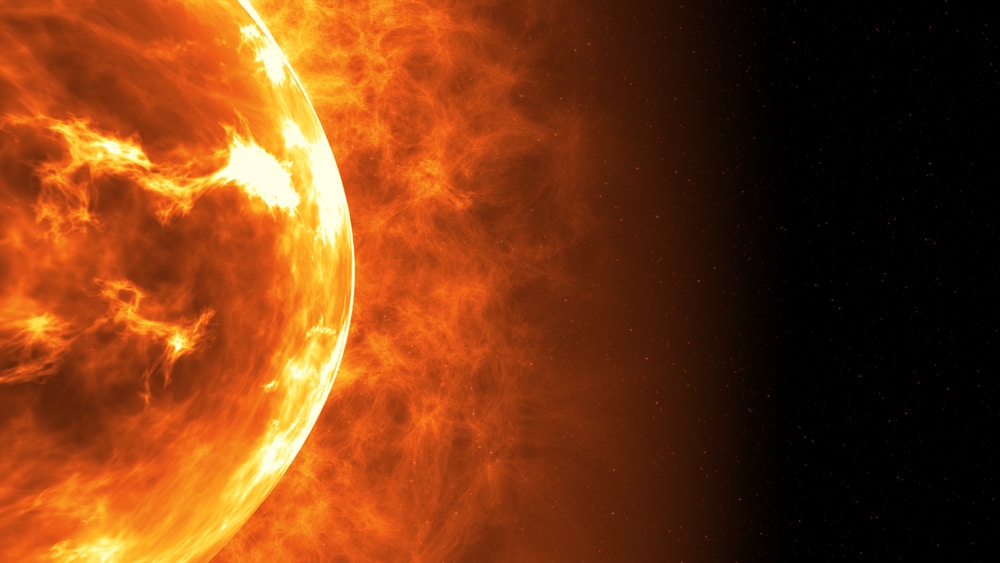While the U.S. was busy celebrating the Super Bowl on Sunday night, Europeans had their own spectacle. Early Monday morning, a bright flash streaked across the skies over Western Europe as an asteroid discovered just hours earlier made its impact with Earth’s atmosphere.
The asteroid, dubbed Sar2667, was first detected on the evening of Feb. 12 by astronomer Krisztián Sárneczky in Hungary. He told Space.com that he found the asteroid during a routine near-Earth object hunt using a 2-foot telescope.
“It was immediately obvious that it was an NEO, but it wasn’t particularly fast across the sky,” he said, “as it was heading right towards us, and it was faint.”
After additional observatories confirmed its existence and trajectory, European Space Agency Operations put out a statement Sunday evening, saying the 1-meter meteoroid was expected to safely strike the atmosphere over northern France later in the night.
Just before 3 a.m. UT, a “very bright ending flash of the meteor” was detected, confirming that the small asteroid, now called 2023 CX1, had entered Earth’s atmosphere, the International Meteor Organization said. It hit near Rouen, the capital of France’s Normandy region.
“Just saw it and it was magnificent,” one person tweeted along with a video of the asteroid falling above the English Channel facing France. “Came down vertically on time. 2:59. Green like a bright emerald then bright orange really quickly. Absolutely phenomenal view…”
The American Meteor Society has received 40 reports of the fireball from England, the Netherlands, Belgium and France. This marks just the seventh time an asteroid has been detected before it hit the planet. And the most recent event came almost exactly 10 years after a meteor exploded over Chelyabinsk, Russia,
on Feb. 15, 2013, setting off a shock wave that injured nearly 1,200 people and shattered windows in 3,600 apartment blocks. According to EarthSky, the asteroid was about 20 times bigger than the one on Monday, with an estimated size of 65 feet and traveling at a speed of 12 miles a second when it hit the atmosphere. (SOURCE)

















